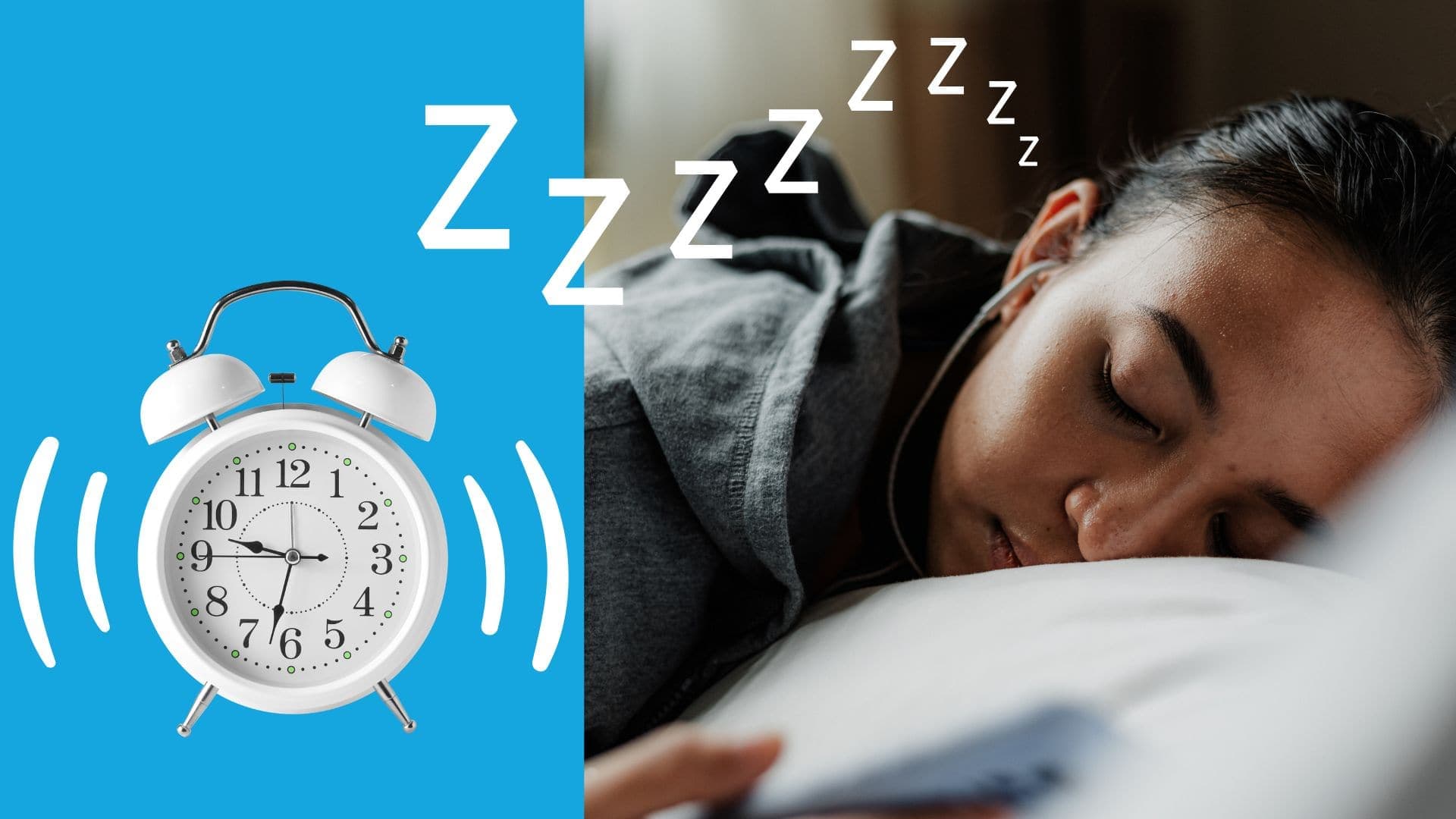
If your morning routine involves hitting the snooze button, it may be time to get a new one. Using the snooze button and going back to sleep repeatedly has been shown to disrupt healthy sleeping patterns, leaving you more drowsy when it’s time to take on the day. In order to increase optimal functioning and avoid health issues, it’s best to get out of bed as soon as you hear your first alarm. Read on as we go into depth about the sleep cycle, how pressing the snooze button interferes with it, and how to enhance your sleep health!

Hearing your alarm and then hitting the snooze button disrupts the natural rhythm of your sleep cycle. Most people use the snooze feature with the intention to feel more well rested, but it actually does the opposite. The period of sleep received for a few minutes after pressing the snooze button is not restorative sleep, meaning there are no benefits. Instead of benefits, there are risks, stemming from the disruption of REM sleep and your body’s natural wake cycle.
For the purpose of this article, we are focusing on the REM (rapid eye movement) stage of the sleep cycle. The REM stage is the period of time where your brain is highly active, and is when you’re most likely to experience intense dreams. Despite your brain’s increased activity, this period of sleep is actually highly restorative. Throughout your sleep, you will cycle through multiple REM periods. Typically, when you hear your first and hopefully only alarm, you’re finishing up your last REM cycle. However, if you continuously hit the snooze button, it’s likely that your alarm is disrupting your REM sleep. Because we have different arousal thresholds during different stages of sleep, this can actually trigger a flight-or-fight reaction, which in turn can increase your blood pressure and heartbeat. Since the benefits uninterrupted REM sleep provides are crucial for optimal functioning, not getting enough REM sleep will, at the very least, decrease your energy levels the following day.
During your sleep cycle, your body starts preparing to wake up by raising your body temperature and releasing hormones that promote wakefulness. When your first alarm goes off, your body is prepared to wake up, whether you feel it or not. Going back to sleep confuses your body, posing the increased risk of sleep inertia, a temporary disorientation and decline in performance after awakening from sleep. You may be familiar with this feeling even when you do not hit the snooze button, as this is a common feeling that typically lasts around 30 to 60 minutes. However, using the snooze button can cause this feeling to last for hours. Possible effects include decreased reaction time and impairment of short-term memory and thinking, reasoning, and learning.
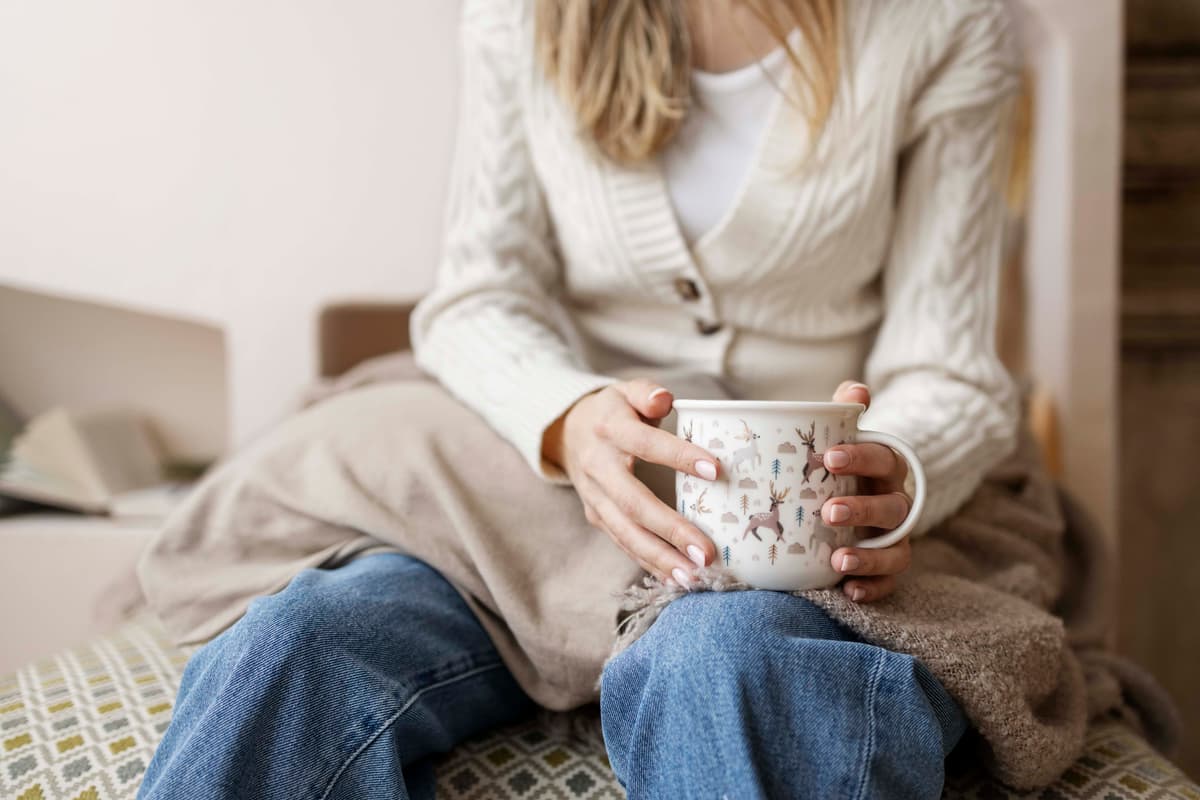
Feeling the need to repeatedly hit the snooze button may be a sign of other sleep problems. The importance of healthy sleeping habits often gets overlooked, but we need to prioritize sleep just as we do exercise and diet, as all of these wellness factors are intertwined. Over time, poorsleep can lead to weight gain, cardiovascular risks, reduced immunity, poor mental health, and more. The following tips are intended to jump-start a healthier sleep routine:
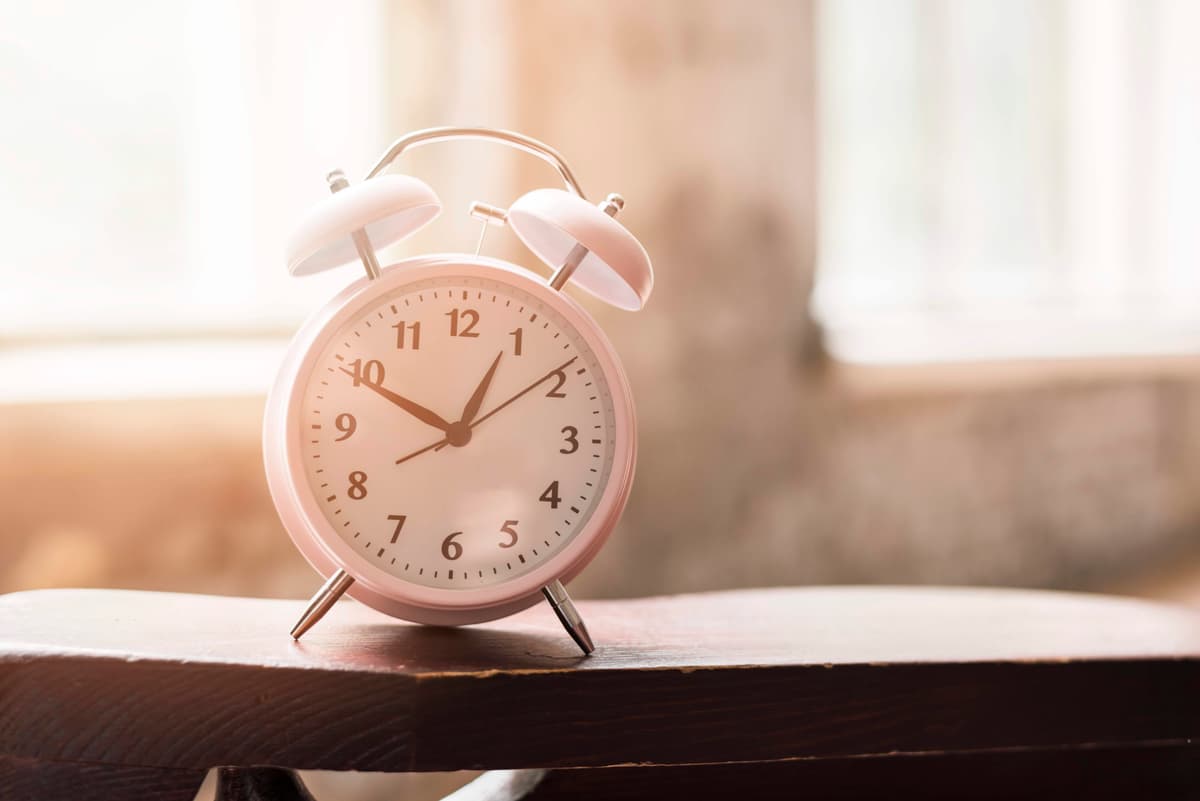
There are countless creative ways to wake up. If your sleep troubles only involve the snooze button, here are two alternative routes:
Repeatedly pressing the snooze button disrupts your natural wake-up routine. At the very least, repeatedly snoozing your alarm will throw off your body’s natural sleep cycle, causing you to feel groggy throughout the day. However, there are more serious health risks posed by using the snooze feature that should be taken seriously. Prioritize a sleep and wake-up routine that works for you, and monitor your snooze button cravings. If no changes occur, it may be time to consult a healthcare professional about your sleep.
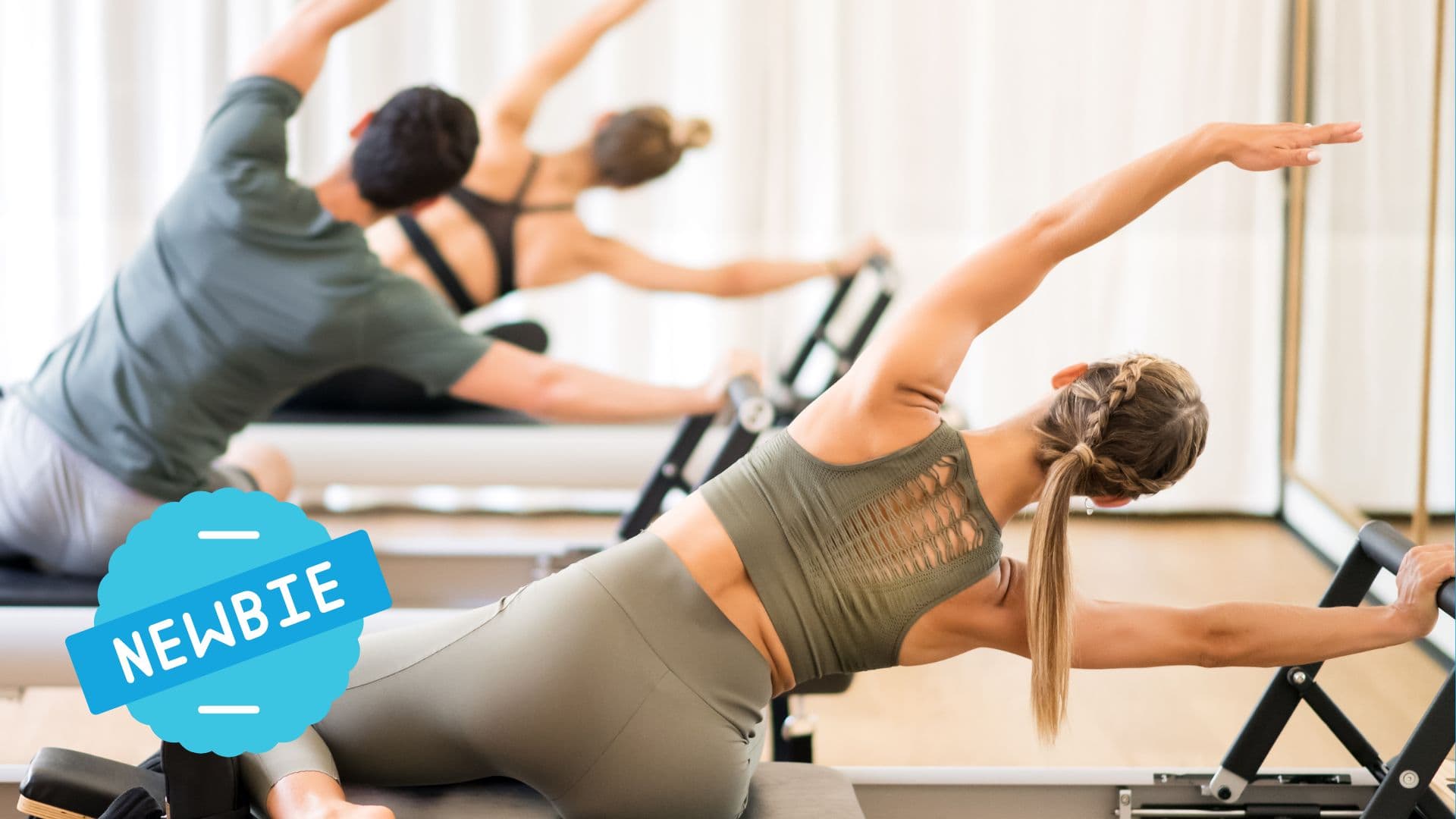
Pilates is focused on enhancing core strength, crucial for overall torso stability and fluid movement. The core, influencing both legs and upper body, is essential for everyday comfort, such as sitting and standing without pain. The aim is to move gracefully through balanced muscle development, addressing potential weaknesses and promoting full joint mobility. The workout …
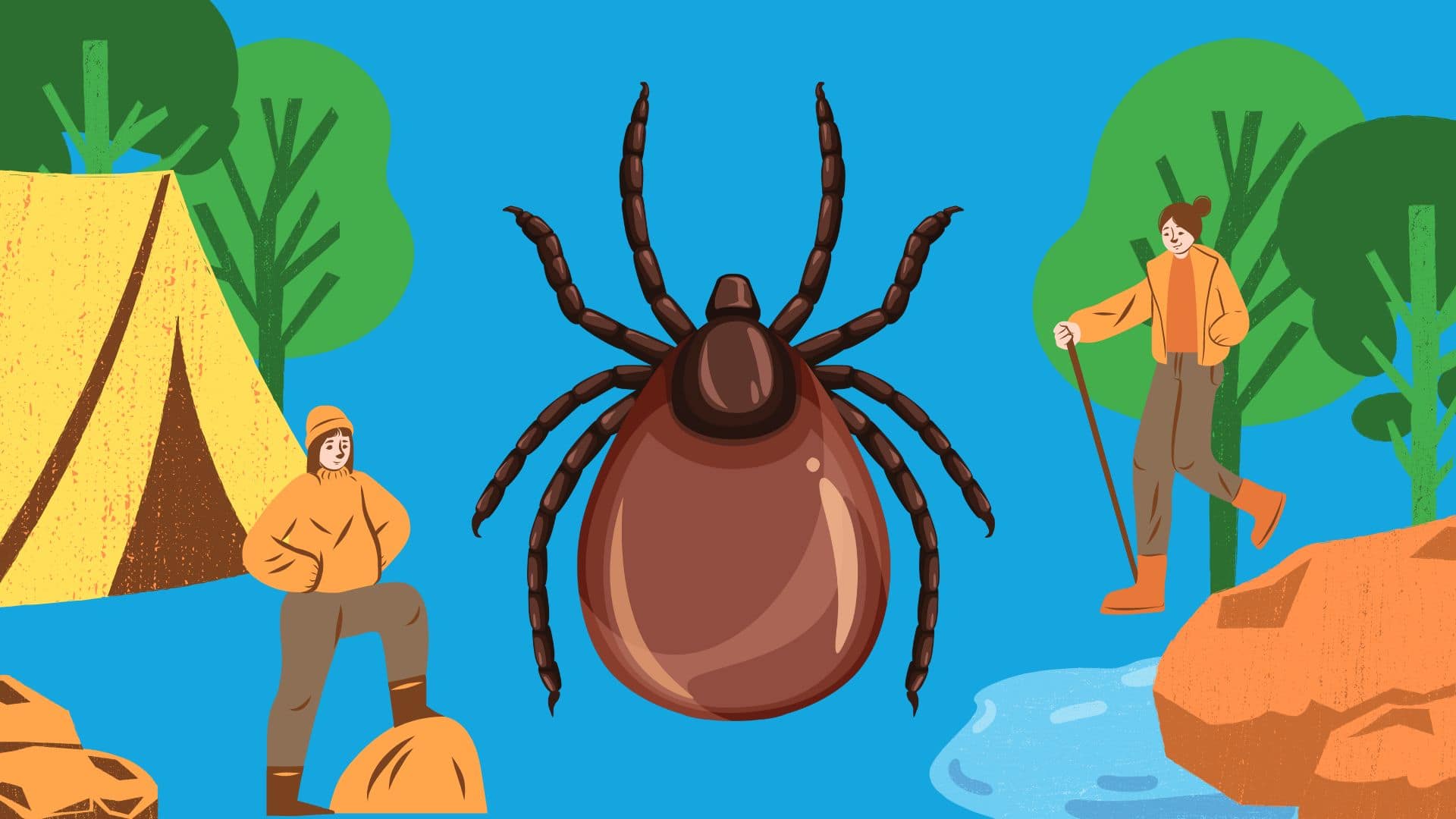
Rocky Mountain spotted fever (RMSF) is a bacterial infection caused by Rickettsia rickettsii and transmitted through the bite of an infected tick. This infection is characterized by the sudden onset of fever, headache, and rash, which can be life-threatening if not treated promptly. This infection was first identified in 1896 in the Snake River Valley …

COVID-19 has faded from the public conversation, but it is still as prevalent as ever, with wastewater levels in 2024 approaching those seen at the beginning of the pandemic in 2020. Furthermore, as COVID-19 has become less of a hot topic, many of the resources that made COVID-19 vaccines free or cheap have dried up …